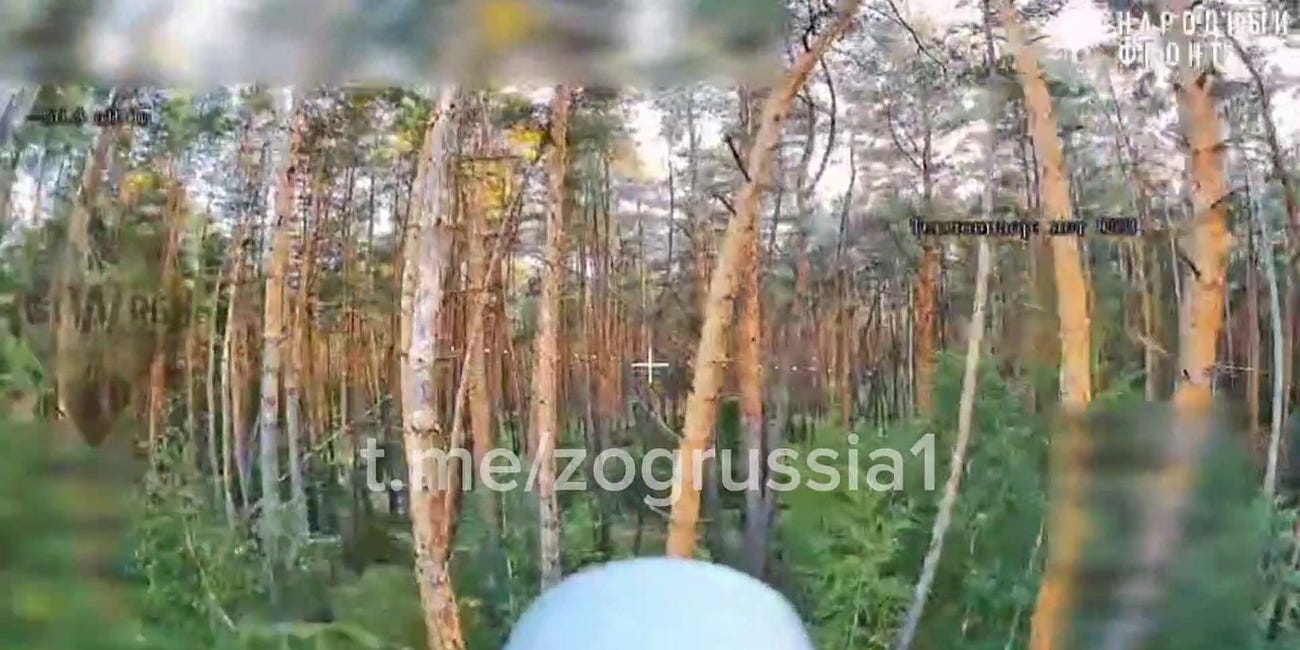Extensions: The Diminishing Protection Provided By Foliage and Taiwan's Defenses In An Invasion Scenario
🇨🇳 🇹🇼
This post is an extension of material that has appeared in another newsletter/section and other parts of my website more generally. While my newsletters/sections are primarily categorized by region—you can either subscribe to specific newsletters/sections or subscribe to the entire website/all of my writings—many posts can be readily placed in multiple newsletters/sections—but only appear in one newsletter/section given how the Substack platform is configured—and may be highly relevant to readers who are primarily interested in other parts of the world. Posts dealing with ongoing conflicts or advances in military technology, for example, may highlight developments and dynamics that may be be of consequence to other countries. Similarly, posts that deal with the military capabilities of one country may be relevant to readers who are primarily interested in the military capabilities of other countries. My Extensions themed posts will be used to highlight content that I think subscribers of other newsletters/sections may find interesting. I hope that my Extensions themed posts help rationalize my peculiar comparativist analytical approach, one that results in my website covering a very wide range of military-related topics and much of the world.
In several recent posts, I have highlighted the diminishing protection that foliage offers militaries since the advent of armed “first-person video” (“FPV”) multirotor drones of the fiber-optic cable communication uplink/downlink variety—as opposed to those of the radio frequency communication uplink/downlink variety. This is of particular relevance to Taiwan, given the existence of several fairly large tracts of quite dense vegetation along the island country’s west coast, to say nothing of its densely forested mountainous interior.
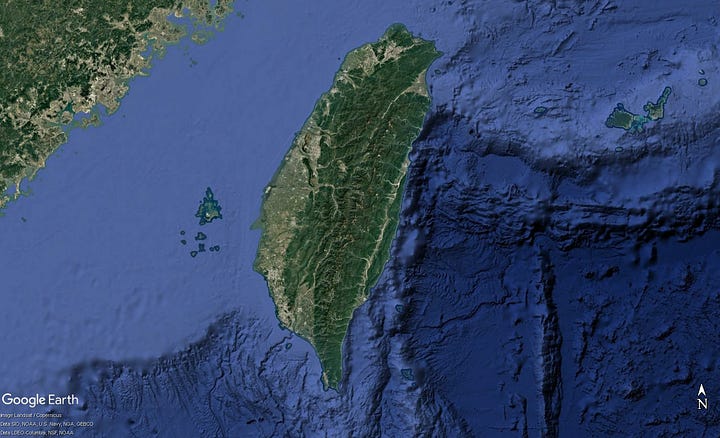
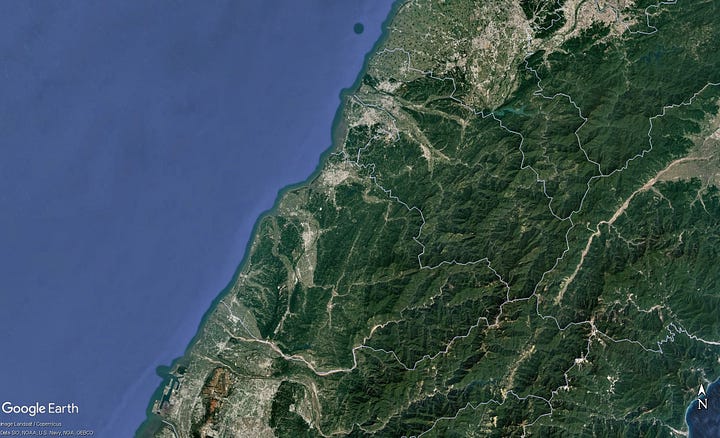


Should the People’s Liberation Army (PLA) establish a foothold along Taiwan’s western coastline, and should the PLA deploy some drone teams equipped with “FPV” multirotor drones of the fiber-optic cable communication uplink/downlink variety in particular—which are already part of the PLA arsenal—then Taiwan will be unable to turn to wooded areas as something of a sanctuary. PLA “FPV” multirotor drones of the fiber-optic cable uplink/downlink variety can be remotely flown in densely vegetated areas to locate Taiwanese ammunition storage, lower-echeleon command and control positions, armoured vehicles in hiding, and so forth. PLA “FPV” multirotor drones of the fiber-optic cable uplink/downlink variety may also be armed so as to directly attack such targets, as opposed to locating targets for attack by other means.

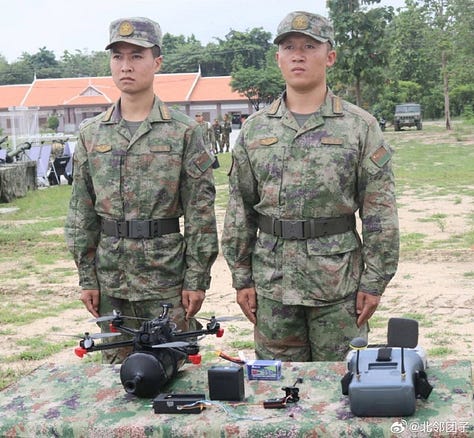

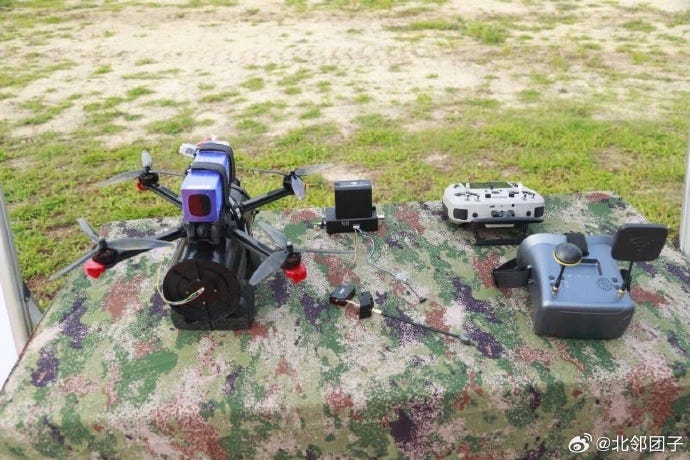
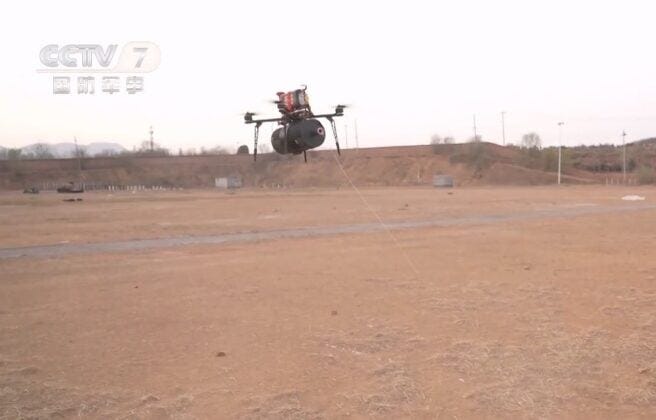
I have addressed the diminishing protection that foliage offers militaries in several recent posts:
Video Documents Fiber-Optic "FPV" Multirotor Drone Employment In Dense Vegetation
Anyone interested in the implications of armed “first-person video” (“FPV”) multirotor drones of the fiber-optic communication uplink/downlink variety must confront the fact that there are many plausible use cases that have little, if any, documented real-world cases. This notably includes the employment of such armed “FPV” multirotors to undertake atta…
The following post features ⚠️ combat footage ⚠️ from the Russia-Ukraine War. While the attached video found in this post does not feature gore, reading/viewing discretion is advised. I only upload combat footage for informational purposes. Posts featuring not safe for work (NSFW) content, including combat footage, will never be monetized/paid, subscriber-only posts.
⚠️Combat Footage Highlights Diminishing Protection Offered By Foliage Amid Mounting Fiber-Optic "FPV" Multirotor Drone Threat
⚠️***This NSFW post features combat footage. While the attached video does not feature gore, reading/viewing discretion is advised.***


